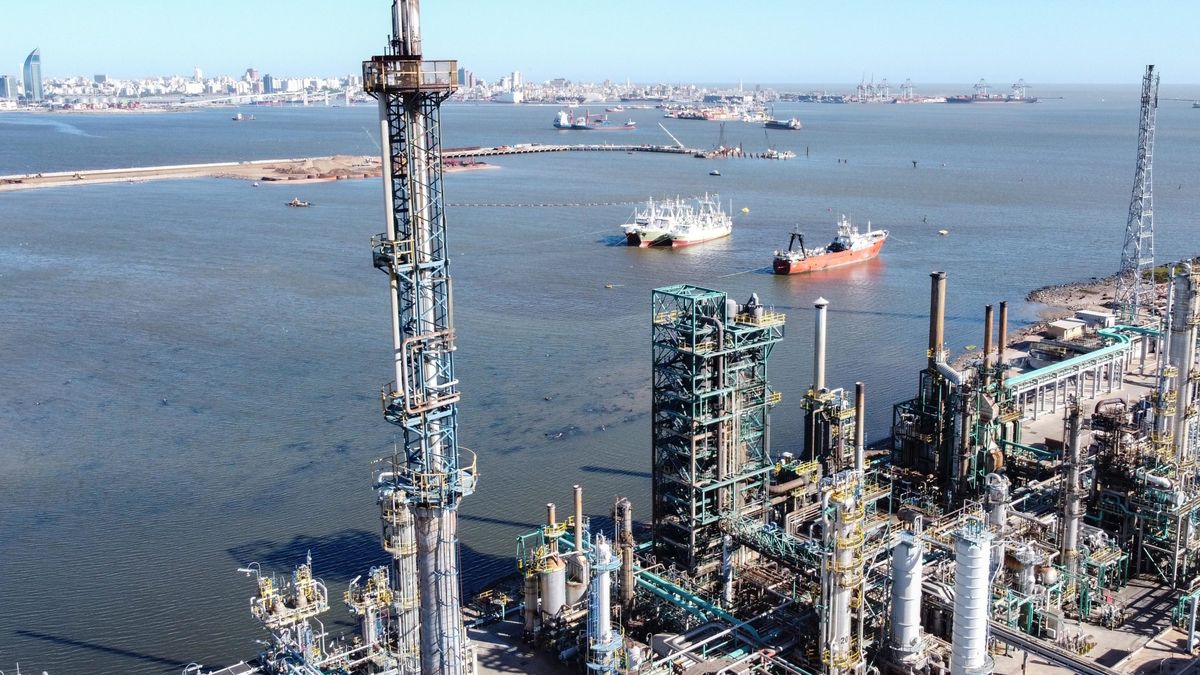Image: (APA)
What at first glance may sound like good bathing weather for the holidays is a shrill alarm signal for science in terms of climate change and extreme weather – also for the situation on land.
“It takes a lot of energy to heat water,” says Anders Levermann, a scientist at the Potsdam Institute for Climate Impact Research (PIK). “That’s a monstrous effect we’re seeing right now.” Other researchers in Germany are also concerned.
The values were measured by the US weather and oceanographic agency NOAA. Since 1981, the institute has been presenting series of measurements of the daily surface temperatures of the world’s oceans with the help of satellites and special buoys, among other things. The mean value calculated from this is used as a global seismograph – the temperatures can be significantly higher or lower regionally.
20.6 degrees Celsius: The year began moderately
This year started comparatively moderately with an average water temperature of 20.6 degrees Celsius. The values did not reach the worrying peak values of 2016, when the measurement curve already scratched the 21-degree mark in mid-February. But this year, from mid-March, it shot up like never before since measurements began.
An average of 21.0 degrees was maintained for the first time until the end of April, although the curve should have flattened out long ago based on the experience of the past 40 years – the average temperature is subject to seasonal fluctuations. The most recent reading from May 3rd at 20.9 degrees is also above all previous measurements for this period. For comparison: in 1985, the average sea temperature at the end of April was still 20 degrees.
An increase of 0.1 degrees corresponds to a gigantic amount of energy
An increase of 0.1 degrees in the ocean already corresponds to a gigantic amount of energy, according to researcher Levermann. “The heat capacity of water is much higher than that of air or land,” he adds. “You can see that even within global warming, we’re so far outside of normal variability that it’s worrying and worrying.”
“Temperatures in the sea are an absolute master switch,” agrees Thorsten Reusch, biologist at the Geomar Helmholtz Center for Ocean Research. The smallest changes can shake up the global climate system. “What we’re seeing now is beyond any water temperature recorded to date. That’s definitely remarkable to worrying.” For laypeople, an increase of 0.2 degrees may not sound like much. But that is the global mean. Seawater can warm up much more regionally, in the tropics to over 30 degrees Celsius. That has consequences. “For many organisms in the sea, the water temperature is the body temperature.”
When the temperature rises, fish move to cooler ocean regions, says Reusch. This leads to a shift in species composition with consequences for the food chain. “It has also been observed that fish can no longer grow as large in warmer water – they remain three percent smaller per degree,” adds Reusch. There is a limit for corals, hotspots of marine biodiversity: from 30 degrees they begin to bleach and die, explains Reusch. “Last year there was a massive heat wave in the Mediterranean Sea with water temperatures reaching 30 degrees. That was five degrees above normal.” This extreme has led to the death of coral species such as gorgonians and precious corals.
Physical processes also affect the land
But it’s not just about the sea creatures. Physical processes such as evaporation also affect the land. The oceans, as a heat buffer, are the major source of energy for the atmosphere, explains climate researcher Levermann. “When that energy is released, there are more frequent and more intense extremes.” Examples include typhoons and hurricanes. “But it’s also about heavy rain, because a warmer atmosphere can hold more water vapor. This increases flooding, even in our latitudes.” For the scientist, the oceans, which cover around 70 percent of the earth, are like a gigantic air conditioner. “And it’s just warming up.”
Ecologist Reusch is also concerned about the temperature curve of the oceans. “If we start from a higher level, like now, we obviously have a higher risk of catching new extreme values in the northern hemisphere in the summer.” And also for the ice-covered regions of the oceans it gets tighter as the water gets warmer – keyword melt. Rising water levels then in turn threaten the country.
Weather phenomenon “La Niña”
In recent years, the natural weather phenomenon “La Niña” has given the marine climate a little breather. It is the cold phase of a cycle in the eastern Pacific that is affecting the world. Researchers suspect that nature is just flipping the switch here and the regular counterpart is announced: the “El Niño” phase, during which heat is pumped up from the depths of the ocean. “Therefore, it is very possible that the beginning of an El Niño phase, combined with man-made gradual warming, will lead to new all-time records for globally averaged temperatures,” says climate physicist Helge Goessling from the Alfred Wegener Institute for Polar – and marine research. This also affects the country – maybe this year or next year, or both.
In addition to forests and soil, the oceans are also one of the largest carbon sinks on earth and massively dampen the greenhouse effect – for now. “Until now, 30 percent of man-made carbon dioxide disappeared via the so-called biological carbon pump in the deep sea. This is being weakened by warming,” says ecologist Reusch. For climate researcher Levermann, humanity is entering unknown territory with the currently measured ocean warming.
Source: Nachrichten




